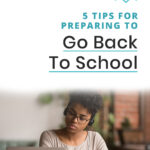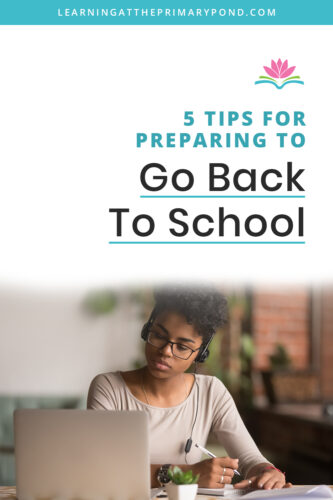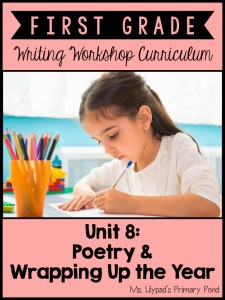If you set aside time for students to read independently during the day, you’ve most likely experienced students getting off task during this time. There are many first grade and second grade students (and Kindergarteners, when they learn to read) who just don’t have the reading stamina yet to stay engaged throughout this time. So, is it because they’re developmentally not ready at those ages? Or are there ways to help them build up their reading stamina?
For the purposes of this post, I’m defining reading stamina as the ability to read for a desired period of time without getting distracted (or distracting others!). Stamina is important because we are very limited in the amount of time we get with our students each school day. When it’s time to practice, we want them to stay focused and not waste time.
After students have begun learning to read, it’s valuable to set aside 5-15 minutes in the school day to have them practice reading independently and/or with a partner. This is an opportunity for students to work on decoding, building fluency, and comprehension. This work can take place with the entire class reading independently/with partners at the same time, or it can be an activity that students do as a center/independent assignment.
Again, you want this time to be productive and purposeful! So in this blog post, I’ll give you 5 tips on helping your K-2 students build their reading stamina and stay focused!
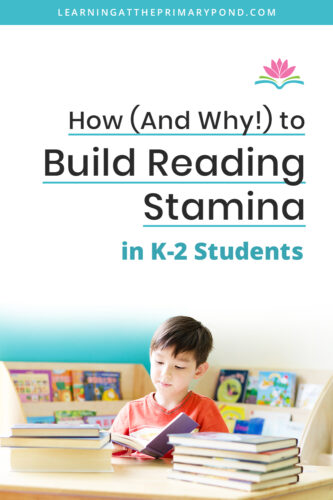
Tips for Building Reading Stamina in K-2 Students
Before we get into the tips, I want to emphasize that these strategies are relevant for students who are already reading. If your students can’t read yet, revisit the tips after they have begun reading.
A few minutes spent looking at books (especially for Kindergarteners) can be valuable, perhaps as a center, but you’re going to want to spend the vast majority of your time building the skills students need in order to learn how to read.
Tip #1: Start small!
When it comes to reading stamina, I encourage you to first think about the end goal for your students. Then, work your way backwards by creating smaller goals along the way. Let’s use the analogy of training for a marathon. If you are trying to successfully run 26.2 miles in a couple of months, you won’t just get out there and try to run 26.2 miles on day 1! If that’s the case, you’d most likely fail and get frustrated and potentially even give up on the marathon idea altogether. The same could be true for your students when it comes to reading stamina.
For instance, if the goal is to have your second graders read for 15 minutes independently, don’t start the year by expecting them to read for the full 15 minutes. Maybe during the first week of school, you have them read for 4-5 minutes independently. Celebrate the 4-5 minutes and extend the goal to 7 minutes for the following week. If they’re able to do 7, increase it to 10 by week 3 or 4. Continue this trend until you reach that 15 minutes. Having a visual or a graph with the growing goal can also be helpful so that students see they are working towards something bigger. A celebration (i.e. extra recess time, ice cream sundaes, a dance party) is always welcome to signify reaching the stamina goal!
Tip #2: Quit while you’re ahead!
This tip may seem counterintuitive. However, I’ve always found that keeping students wanting more is better than reading for so long that they get distracted or bored. Especially at the beginning of the year, scan the room to see how engaged students are in their texts during read-to-self. The minute you start to see students getting wiggly or distracted, stop the session and congratulate them on their focused efforts! This way, they’re only really experiencing success and the feeling of what reading stamina looks, feels, and sounds like.
Tip #3: Provide students with tools for what to do when reading gets hard!
Going back to the running analogy – while you’re training for the marathon, or even while you’re running the marathon itself, there may be obstacles. You could encounter bad weather. Or maybe your knee is a bit sore. Knowing what to do in those situations will ultimately make you a stronger runner! The same is true for reading stamina.
K-2 students will most likely encounter their own reading hurdles at some point. This could be a tricky word. It could be a book they’re not particularly interested in. They could be confused about a story plot. Talking about these obstacles ahead of time (and providing problem-solving tools) will help students prepare for what to do versus just giving up or stopping.
For example, you could teach your students to:
- Choose a new book – if they just aren’t interested in the one they picked up
- Move to a new reading spot – if someone is bothering them while they are reading
- Put sticky notes in a text when they come across a new character, a problem in the story, or just a question they have about the text – to increase their engagement
- Use their phonics knowledge and tools like a sound wall – if they get stuck on a word (on that topic, you might like this blog post: 9 Strategies to Try When a Student Gets Stuck on a Tricky Word).
Tip #4: Allow students to choose their own books…sometimes!
It’s human nature to be more motivated to do something that you’ve personally chosen to do! This is true when it comes to reading stamina, too. Your students will be more likely to stay engaged and read longer with texts that they want to read and have chosen.
That said, we want time spent reading to be productive. I like to create guided choice bins, one for each reading group. I place books we’ve already read in small group (i.e. decodables) and other books I know will be appropriate for them in that bin. So there is choice…but that choice is guided!
More fluent readers may be able to self-select books from your classroom library, and you can teach them how to choose books that they can both decode and comprehend.
Tip #5: Have students self-evaluate their reading stamina.
Once you’ve gone over what it looks like and sounds like to be a focused reader, have students reflect on how they’re doing with reading stamina. They can do it informally by sharing with a partner – “Today I did a good job of trying my best when there were tricky words. Next time, I’m going to work on keeping my eyes in my own book.” You could also take a bit more formal approach by having a sheet or log students fill out to reflect, especially if they’re struggling. Self-evaluating will help reiterate expectations and continue to work towards those bigger goals.
Tip #6: Make it fun!
When students are working on building reading stamina, think of ways to keep it fun and exciting throughout the school year:
- You might have a special chair or bean bag they get to sit in.
- Maybe you allow them to use a flashlight to read.
- Students could earn a pajama day to read with their favorite stuffed animal if they reach a goal!
- Even just a fun bookmark you hand out could add some excitement.
Of course, you don’t want these items or additions to be more of a distraction than a motivating tool, so expectations will need to be set ahead of time.
Resources for Building Reading Stamina
If you’re in need of some resources to help build confidence and reading stamina in your K-2 students, here are a couple of ideas!
Decodable Readers for K-2
These Decodable Readers for K-2 will help strengthen decoding skills for students while they practice phonics skills in context. There are both fiction and nonfiction options provided. These are a nice option to put in students’ book bins!
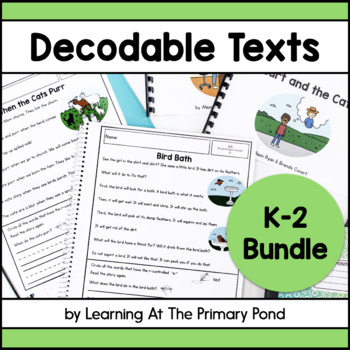
Decodable Safari
The animal topics covered in the Decodable Safari Books for K-2 will help keep your students engaged! Students will enjoy learning about all the different animals while also building up that reading stamina.
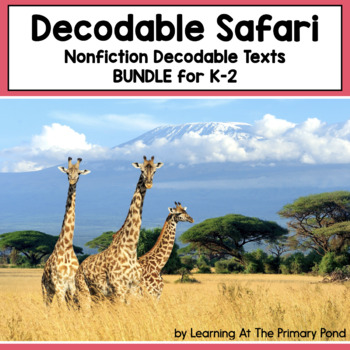
Blending Lines
This last option is a bit more unconventional because it’s not a traditional text! Students can build their reading stamina using these Blending Lines for K-2. They’re great for helping students apply phonics skills and increase their reading fluency.
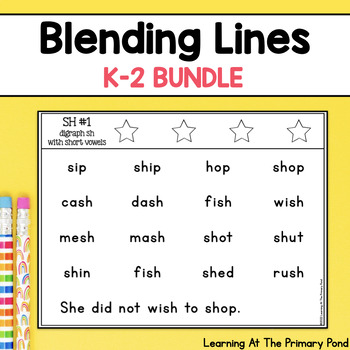
Conclusion
I hope these tips and resource ideas for building reading stamina have been helpful. Let me know in the comments if you have any other tips for supporting your students’ reading stamina!
Happy teaching!



